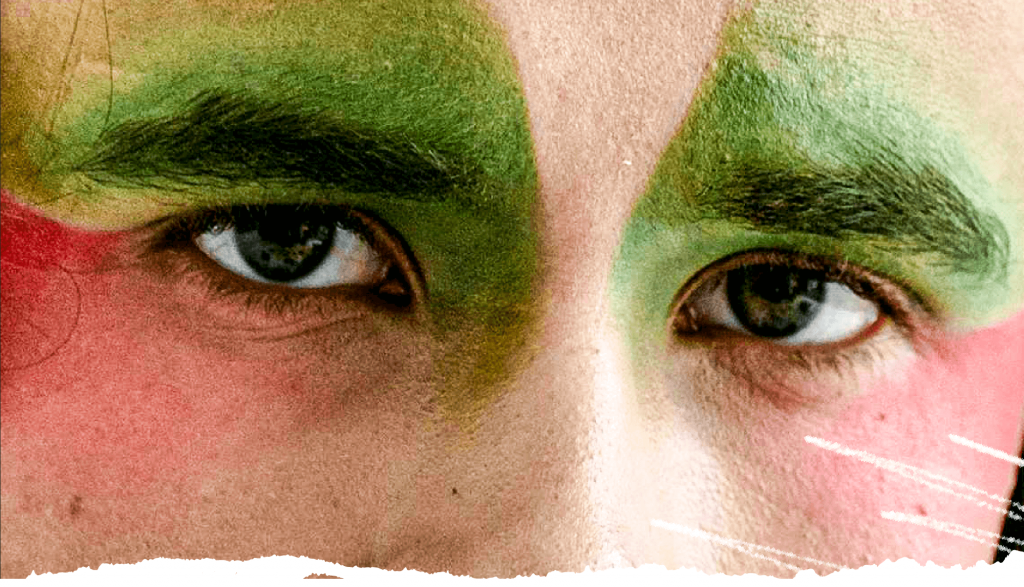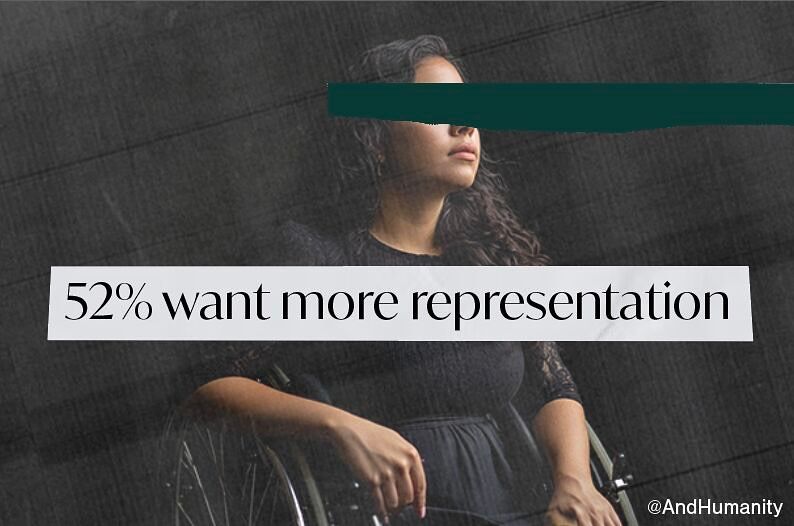In our previous blog post, ‘Meaningful Engagement: Whose Story Are You Telling? 3 Components of Authentic Storytelling’, we explored the essential elements of authentic storytelling. Building on that foundation, This article is Part 2, which delves into why meaningful engagement is crucial and how to implement it effectively, ensuring that your processes and products genuinely reflect diverse lived experiences.
Brand, marketing and communications need to align with how you’re perceived and experienced. This means process (how they’re created) and product (the final outcome). Performativity and callouts are what happen when they don’t.
—————
As marketers, we are the experts of our own lived experience. Not our audience’s. It’s hard to admit we’re not the experts. This can bring about a jarring feeling of resistance. Rather than deny it, we invite you to sit with it and lean into it. Contrary to what traditional marketing education teaches us, we do not know our audience better than they know themselves. In fact, sometimes taking a pause and reassessing who our audience even is can be a great place to start. Too often, we assume sameness or homogenize people rather than acknowledging and celebrating diversity and difference.
Nothing About Us Without Us
While representation is great, if it’s from a dominant (ex. white, cisgender, abled, male, and other dimensions of identity that hold privilege) gaze, it’s still considered erasure.
You might have heard of or even understood the concept of Nothing About Us Without Us, but what does this mean in practice? It means that the product is a direct result of the process. Amplifying lived experience throughout your approach (behind your marketing, in your marketing, and the marketing itself) will help you create more equitable and authentic work overall. Doing this takes deliberate, intentional and ongoing action, and it starts with meaningful engagement. Every effort you make towards doing your work more inclusively is also a movement toward more equitable and inclusive outputs.
Behind your marketing
Influential representation (behind your marketing): Are people with lenses of relevant lived experience leading, influencing, and creating the work? Those who self-identify and are connected with the community or dimension of identity you aim to represent need to influence the work, with as much autonomy and in as many decision-making roles as possible.
In your marketing
Authentic representation (in your marketing): Are people with lenses of lived experience (matched to the specific focus or “target” audience) featured in the work? Those with lived experience deserve to represent their own experiences with the flexibility and freedom to portray themselves authentically.
The marketing itself
A great, impactful story (the marketing itself): Is the work itself having a positive impact? Inclusive Marketing should elevate equity-deserving voices, exemplify inclusive and ethnorelative perspectives, and ensure authentic representation (which must be defined and created by those with lived experience).
Understanding Before Engaging
The risks (perceived and actual) and emotional labour are often higher for equity-deserving individuals and communities when it comes to considering engaging. Equity-deserving individuals are much more likely to participate and contribute if we get the sense that inclusion is a core commitment and authentically embedded into a brand’s culture.
To engage an audience inclusively and meaningfully, we need to have an understanding of intersectionality, privilege, power and oppression and we need to integrate this understanding into how we approach engagement overall. We are complete, complex human beings:
- Intersectionality is a concept founded by Kimberlé Crenshaw that considers the overlapping of our multiple dimensions of identity. This is the foundation of our unique lived experience and impacts how we experience the world.
- Privileges are the advantages and benefits we receive because of the social groups we are perceived to be a part of. Power is our ability to influence and make decisions that impact others. Unfortunately, engagement often involves those with more privilege and power “extracting” input from equity-deserving groups, without consideration for inclusion or equity.
- Systemic oppression is the disadvantaging of equity-deserving groups based on their identity while advantaging members of a dominant group. Those who experience systemic oppression may (rightfully) have less trust or feel less safe during engagement.
The Meaningful difference.
When it comes to engagement, it’s not as easy as doing or not doing. How we engage people shapes the outcome we reach. Engagement is any time we interact with a person or people in a way we hope will result in learning and/or participation. In marketing, this often refers to engaging audiences in defining content that creates audience buy-in.
Meaningful engagement, however, is an ongoing process of interaction and dialogue that enables us to hear, understand and respond to interests and concerns with respect, authenticity, compassion, and integrity. In marketing, this means embedding lived experiences into both our processes and products and evolving with insights shared to genuinely meet the needs of our audience.
Meaningful engagement is designed to build relationships and not just box-checking or asking for one-time input.
A Final Note
Different projects, or different aspects of a project, will require different amounts of and approaches to engagement. We’ll share more about the levels of engagement in a future post but, for now, remember that it’s important to be transparent about why you’re engaging people, how you’re engaging people, and how much influence those you engage will have in the final outcome. This also involves being realistic and transparent about existing challenges, barriers and obstacles. Try to avoid the desire to sound more collaborative than you can be. If outcomes aren’t overly flexible and power can’t be equally shared, trust can still be nurtured through transparency. When we try to sound more collaborative than we can actually be, especially when engaging equity-deserving groups, those involved feel let down and tokenized.
** When we talk about dimensions of identity this includes areas such as age, culture, disability, education, ethnicity, gender, geographic location, language/s spoken, sexual orientation, socioeconomic experience, etc.
This article was written by Ness Murby (he/him) a queer, trans, blind disabled person, Ness describes himself as human first. He is a Dad, Gran’s kid always and Pop’s ‘tiger’ forever. Australian, mixed race and white presenting, grateful to currently reside on Coast Salish Territory on the shared and unceded lands of many Indigenous Nations including the kʷikʷəƛ̓əm (Kwikwetlem), səlilwətaɬ (Tsleil-Waututh), xʷməθkʷəy̓əm (Musqueam), Sḵwx̱wú7mesh (Squamish), q̓ic̓əy̓ (Katzie), qʼʷa:n̓ ƛʼən̓ (Kwantlen), qiqéyt (Qayqayt), and Stó:lō (Sto:lo). Ness works as the Senior Justice, Equity, Diversity, and Inclusion Strategist at AndHumanity, is a counsellor and competes as a Canadian Paralympian. He is a lover of puzzles, connection and culture.









